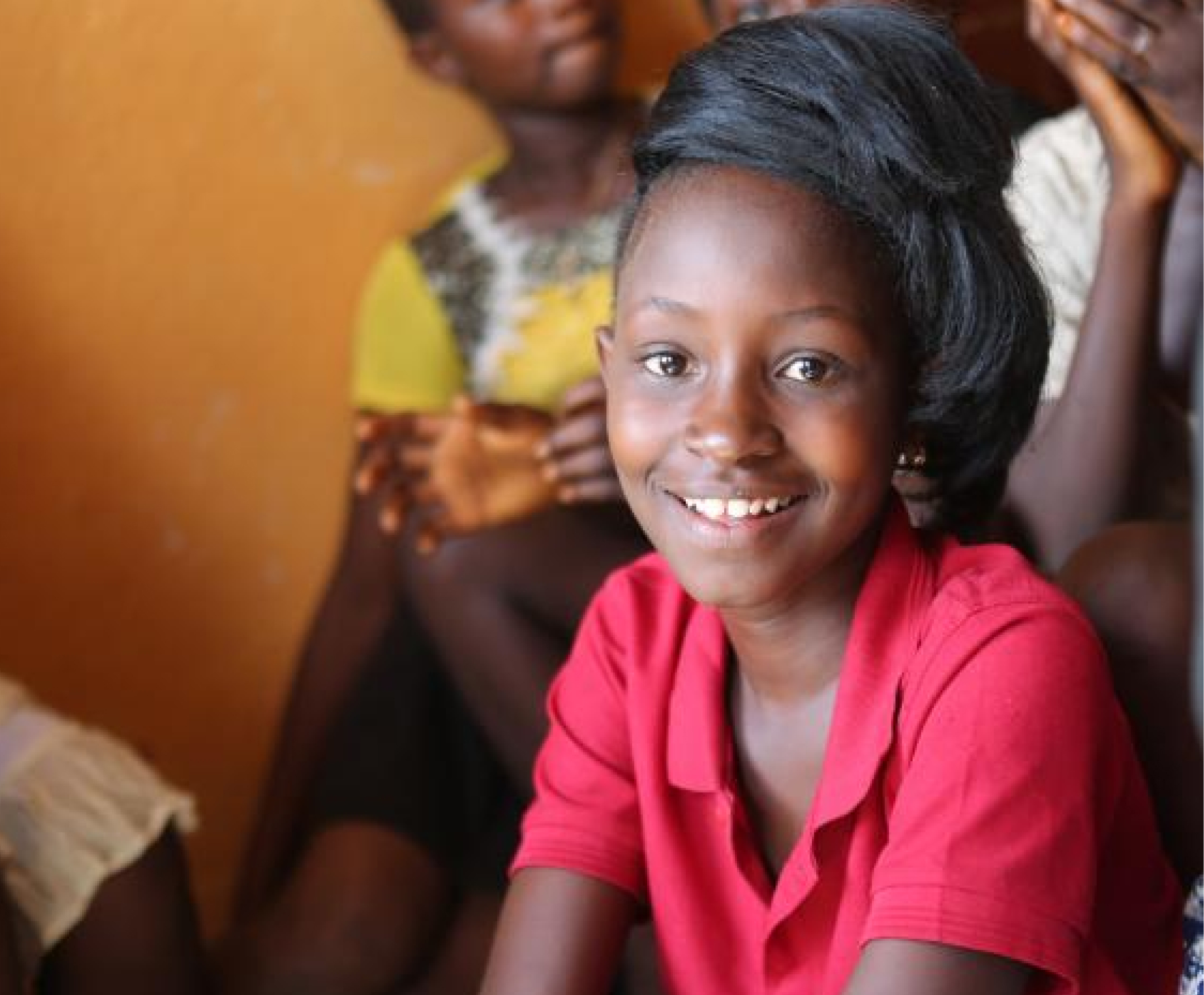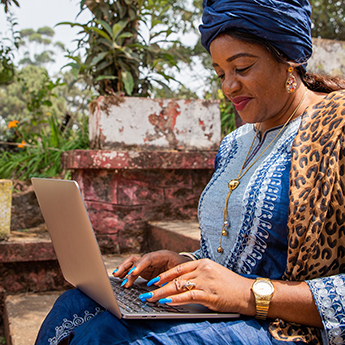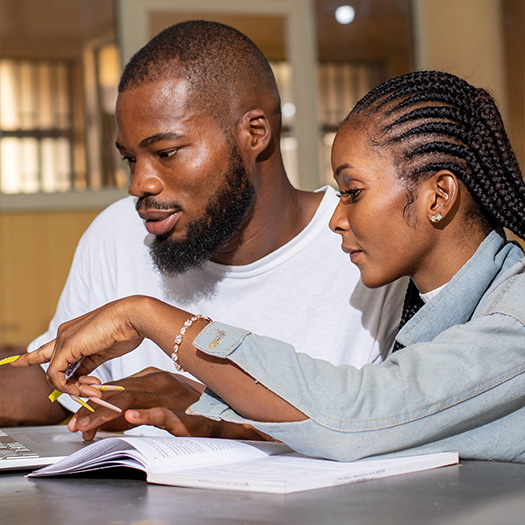Toolkits
Sexual & Reproductive Health Care In Emergencies Toolkit (SRH)
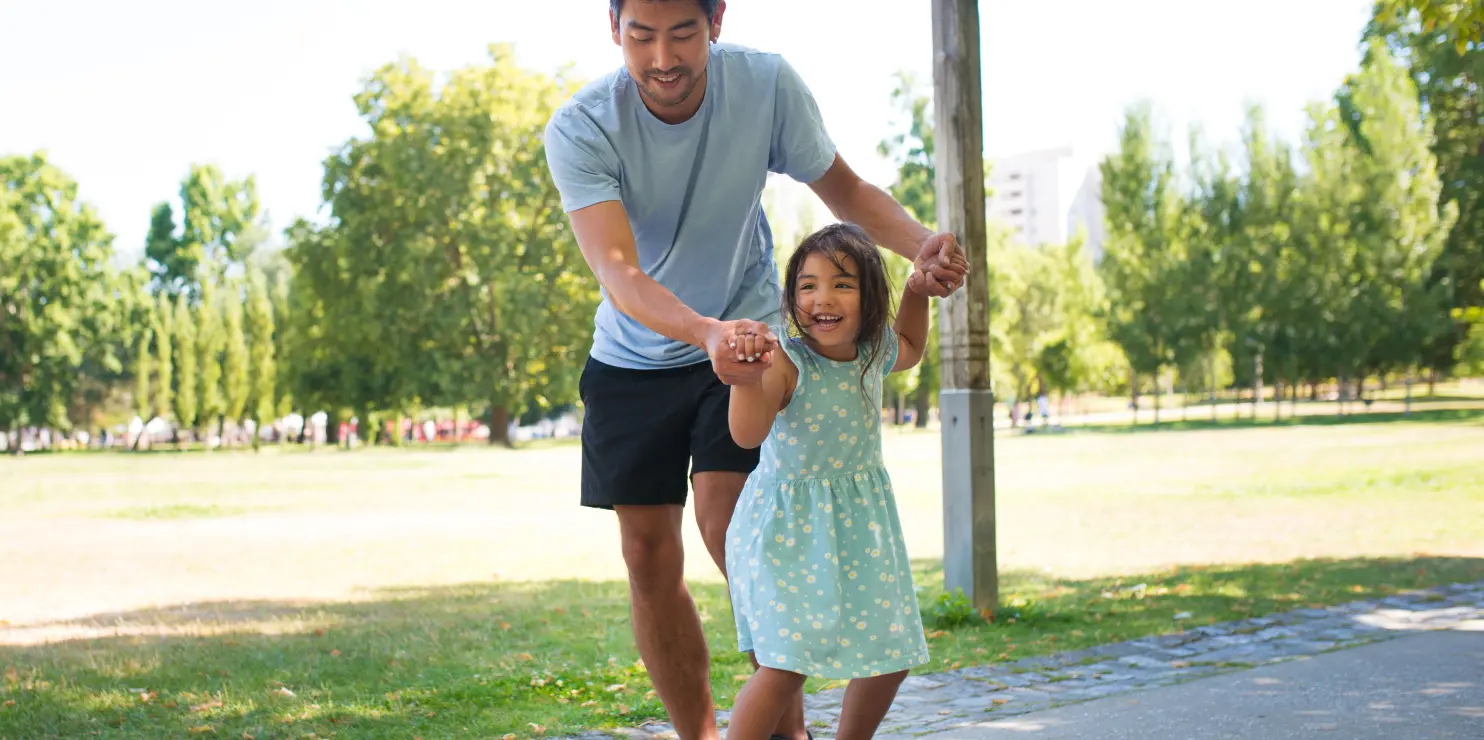


overview
SRH preparedness reflects the actions undertaken so that, at a minimum, timely and quality essential SRH services will be provided at the onset of an emergency.
SRH preparedness must be linked to wider health emergency preparedness efforts.
what is SRH preparedness?
Preparedness in general encompasses actions that are intended to improve operational readiness to respond to a disaster or destabilizing event, and that contribute to a more efficient and effective recovery. Preparedness actions may include developing disaster management plans and policies, conducting risk assessments, strengthening infrastructure and logistics, and building human resource capacity.
Preparedness is only one stage of the emergency management cycle, which requires complementary and reinforcing activities at all stages to minimize impact and ensure a more efficient and effective recovery (see Figure 1). Preparedness is frequently undertaken as part of disaster risk reduction and management, and is an integral part of the cycle of building resilience (see Figure 2).


Why
SRH
preparedness?
In the past decade humanitarian needs have expanded at an unprecedented pace. Violent conflicts are causing widespread mortality, morbidity, displacement, and devastation. The increasingly visible effects of climate change are compounding risks and exacerbating vulnerabilities. Even before COVID-19, nearly 168 million people were estimated to be in need of humanitarian assistance and protection, or about 1 in 45 people globally—the highest number in decades.
Emergencies—whether from natural hazards or conflict—threaten the capacity of governments to respond and recover. They can cause long-term damage to health systems, even those that may have been operating at a relatively high capacity. Precious development gains can be lost, and the effects of poverty and inequality intensified. The failure to prepare and respond to emergencies threatens to undermine hard-won progress on the 2030 Agenda for Sustainable Development and limit the possibility of achieving universal health care.
Preparedness is thus a key part of the humanitarian-development peace nexus, and is a prime example of multiple stakeholders working together for “collective outcomes,” as called for in the New Way of Working adopted at the World Humanitarian Summit in 2016. As emergency preparedness work becomes increasingly prioritized across countries and contexts, it is time to ensure that SRH is fully integrated.
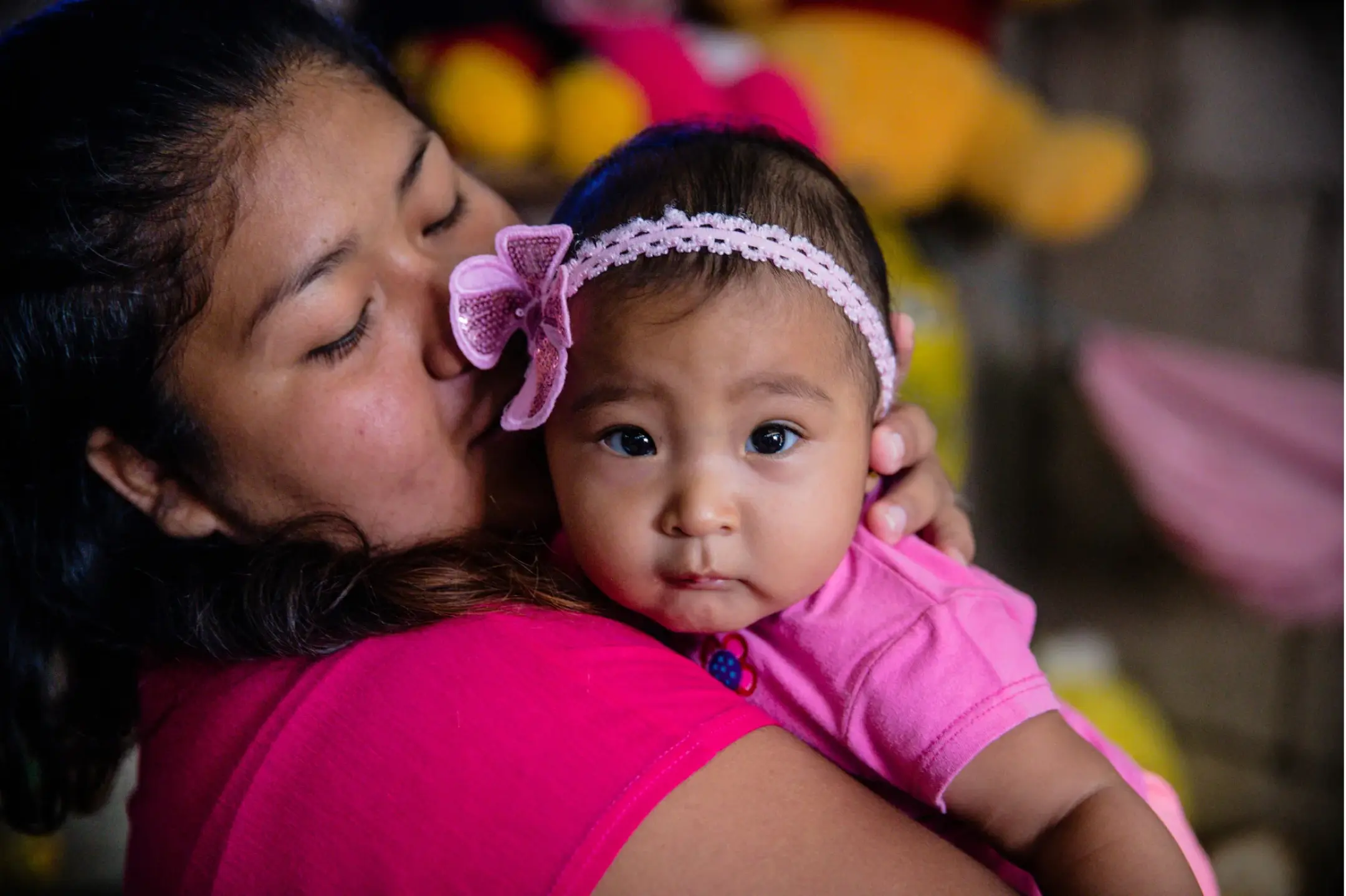
[4] Lutheran World Relief and IMA World Health, “The 2019 Early Warning Forecast—Conflict & Climate: Drivers of Disaster,” January 2019, https://reliefweb.int/report/world/2019-early-warning-forecast-conflict-climate-drivers-disaster.
[5] Michael Igoe, “World Bank looking for new options in fragile and conflict states,” Devex, April 11, 2019, http://www.devex.com/news/world-bank-looking-for-new-options-in-fragile-and-conflict-states-94688.
[6] United Nations Office for the Coordination of Humanitarian Affairs (OCHA), Global Humanitarian Overview 2020 (Geneva: OCHA, 2019), accessed 09/15/20, www.unocha.org/sites/unocha/files/GHO-2020_v9.1.pdf.
[7] United Nations Development Programme (UNDP), “Issue Brief: Disaster Preparedness,” June 2013, http://www.undp.org/content/undp/en/home/librarypage/crisis-prevention-and-recovery/issue-brief–disaster-preparedness.html.
[8] Internal Displacement Monitoring Centre (IDMC), “Global Report on Internal Displacement 2018,” accessed June 3, 2020, www.internal-displacement.org/global-report/grid2018/.
[9] Joint Steering Committee to Advance Humanitarian and Development Collaboration (JSC), “The New Way of Working,” accessed June 3, 2020, www.un.org/jsc/content/new-way-working.
Impact on women, girls, and other marginalized groups
In the 1994 ICPD Programme of Action, the world acknowledged that reproductive rights are human rights, and that sexual and reproductive health and rights are central to health, well-being, and development. The provision of quality SRH care saves lives. It is estimated that if all women in low and middle income countries who want to avoid pregnancy were to use modern contraceptives and all pregnant women were to receive care that meets international standards, each year there would be 76 million fewer unintended pregnancies, 26 million fewer unsafe abortions, and 186,000 fewer maternal deaths each year (a decline of 62% (from 299,000 to 113,000 per year)).
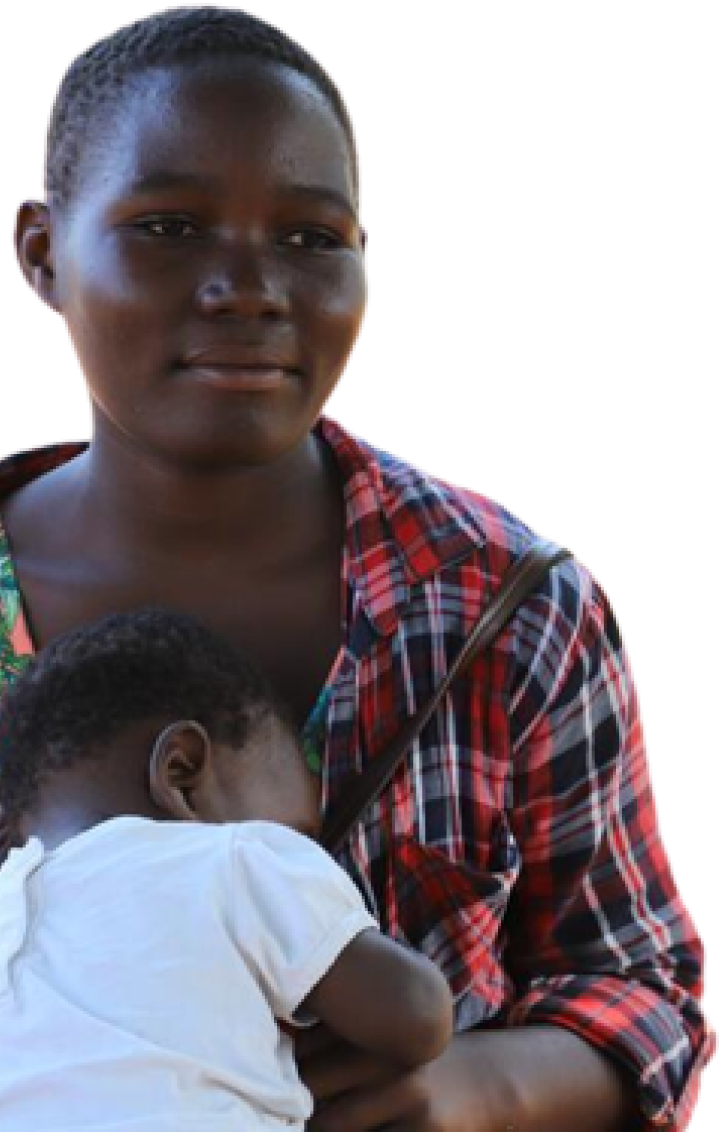
Emergencies—whether from natural hazards or conflict—threaten the capacity of governments to respond and recover. They can cause long-term damage to health systems, even those that may have been operating at a relatively high capacity. Precious development gains can be lost, and the effects of poverty and inequality intensified. The failure to prepare and respond to emergencies threatens to undermine hard-won progress on the 2030 Agenda for Sustainable Development and limit the possibility of achieving universal health care.
Preparedness is thus a key part of the humanitarian-development peace nexus, and is a prime example of multiple stakeholders working together for “collective outcomes,” as called for in the New Way of Working adopted at the World Humanitarian Summit in 2016. As emergency preparedness work becomes increasingly prioritized across countries and contexts, it is time to ensure that SRH is fully integrated.

[19] UNFPA, Programme of Action.
[20] Sully EA et al., Adding It Up: Investing in Sexual and Reproductive Health 2019, New York: Guttmacher Institute, 2020, http://www.guttmacher.org/report/adding-it-upinvesting-in-sexual-reproductive-health-2019.
[21] Sneha Barot, “In a State of Crisis: Meeting the Sexual and Reproductive Health Needs of Women in Humanitarian Situations,” Guttmacher Policy Review 20 (2017): 24–30, www.guttmacher.org/sites/default/files/article_files/gpr2002417_1.pdf.
Minimum Initial Services Package (MISP) for SRH
When an emergency occurs and comprehensive SRH care is disrupted, lifesaving SRH services must be implemented to mitigate mortality and morbidity. The set of priority SRH activities to be implemented at the onset of an emergency is known as the Minimum Initial Service Package (MISP) for SRH, hereafter referred to as the MISP.
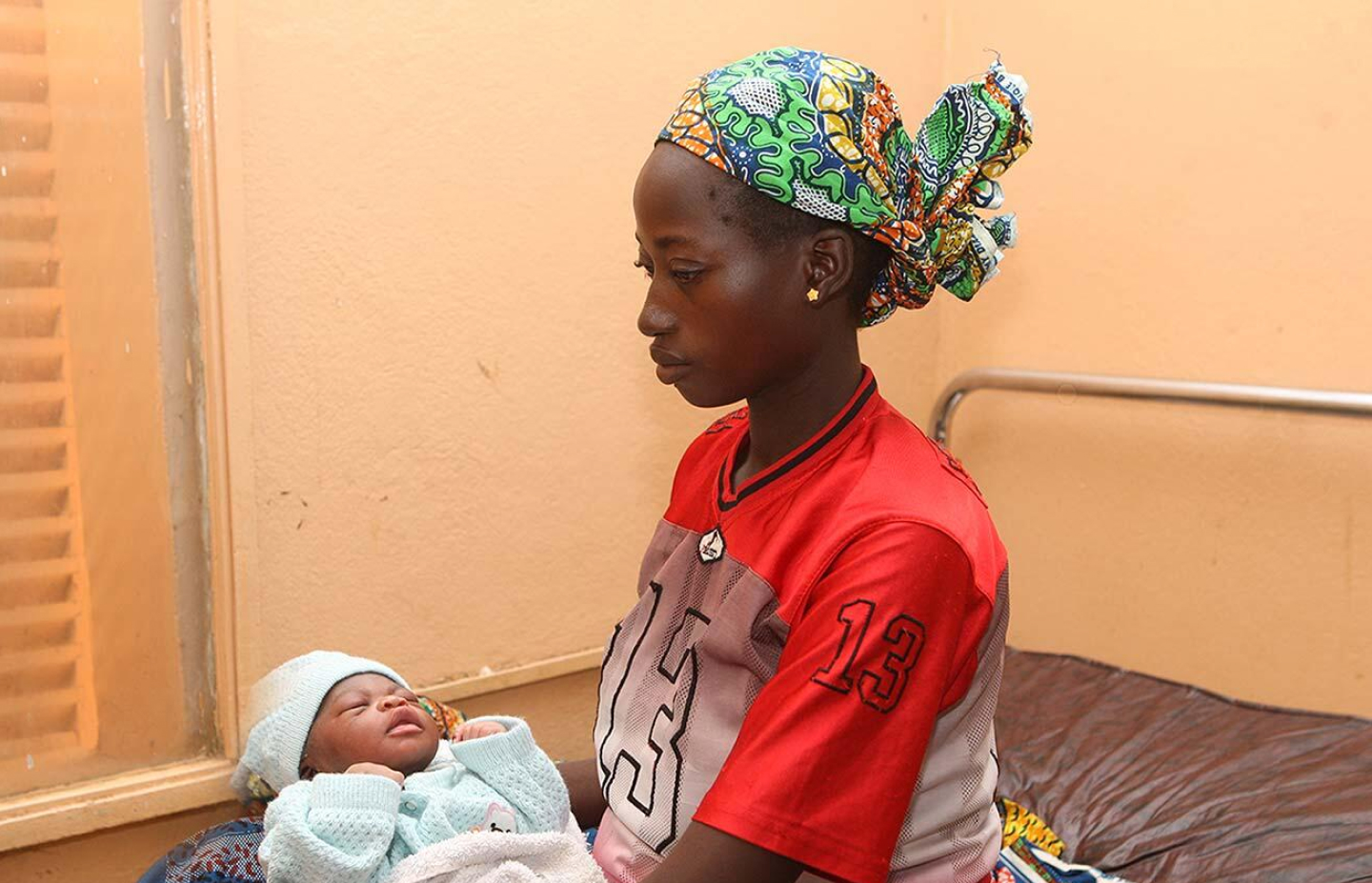
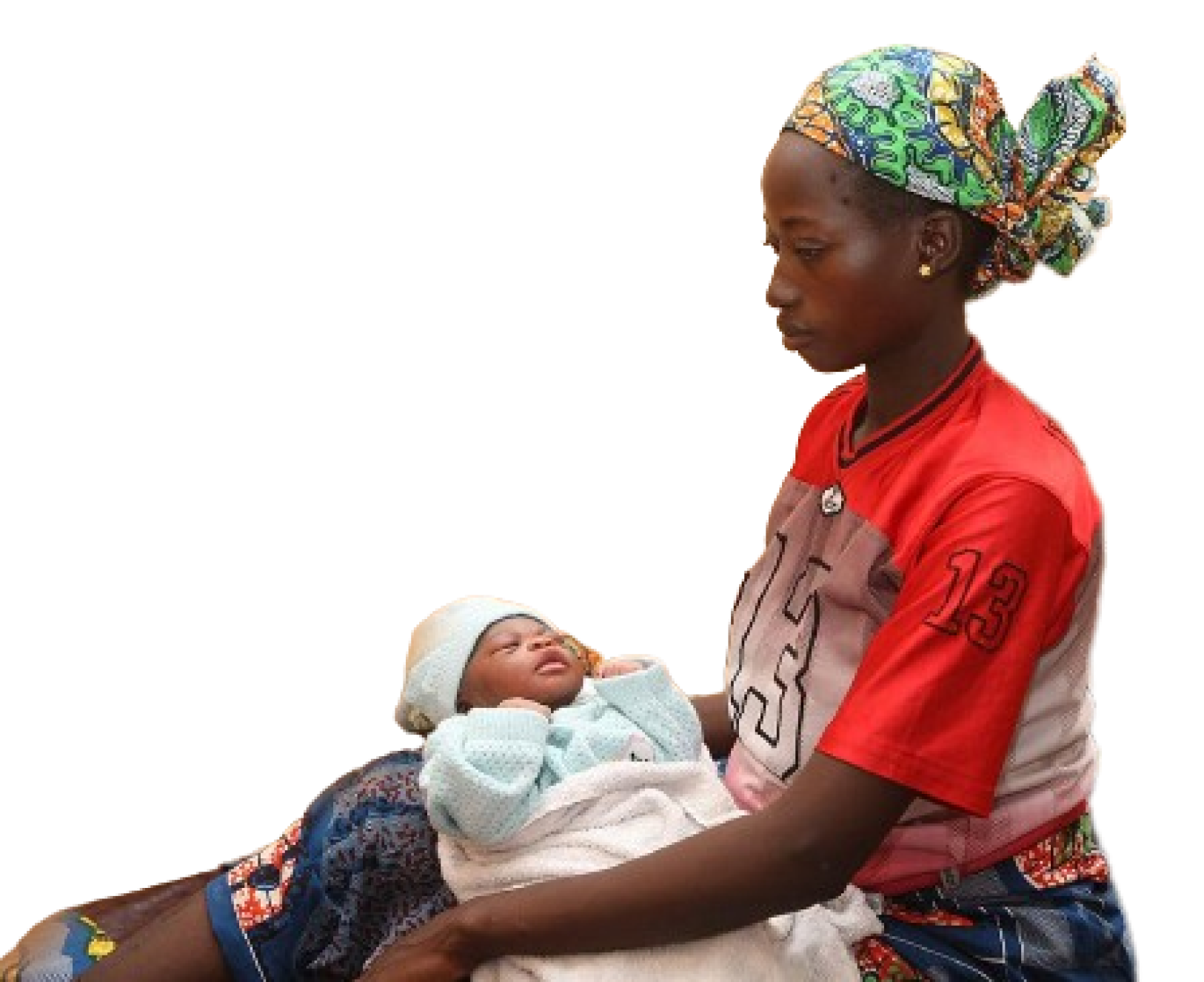
The MISP was developed by the Interagency Working Group (IAWG) on Reproductive Health in Crises, and the priority lifesaving activities are included in the Sphere Humanitarian Charter and Minimum Standards in Disaster Response and the Inter-Agency Standing Committee Health Cluster Guide. Because of its lifesaving nature, the MISP is eligible for Central Emergency Response Fund (CERF) funding.
The MISP is detailed in the Inter-agency Field Manual (IAFM) on Reproductive Health in Humanitarian Settings, the authoritative source for global guidance on addressing SRH in emergencies. The Adolescent Sexual and Reproductive Health Toolkit for Humanitarian Settings is a companion to the IAFM that underscores the importance of reaching adolescents with SRH services during an emergency. As documented in the IAFM and illustrated in Figure 4, SRH preparedness takes place alongside, and arguably is a part of, comprehensive SRH services, before an emergency occurs.

MISP OBJECTIVES
Ensure the health sector/cluster identifies an organization to lead implementation of the MISP.
Prevent sexual violence and respond to the needs of survivors.
Prevent the transmission of and reduce morbidity and mortality due to HIV and other STIs.
Prevent excess maternal and newborn morbidity and mortality.
Prevent unintended pregnancies.
Plan for comprehensive SRH services, integrated into primary health care, as soon as possible.
[22] UNOCHA, Central Emergency Response Fund: Life-Saving Criteria, 2010. https://cerf.un.org/sites/default/files/resources/FINAL_Life-Saving_Criteria_26_Jan_2010__E_0.pdf
[23] Inter-Agency Working Group on Reproductive Health in Crises (IAWG), Inter-Agency Field Manual on Reproductive Health in Humanitarian Settings, 2018 (New York: IAWG, 2019)
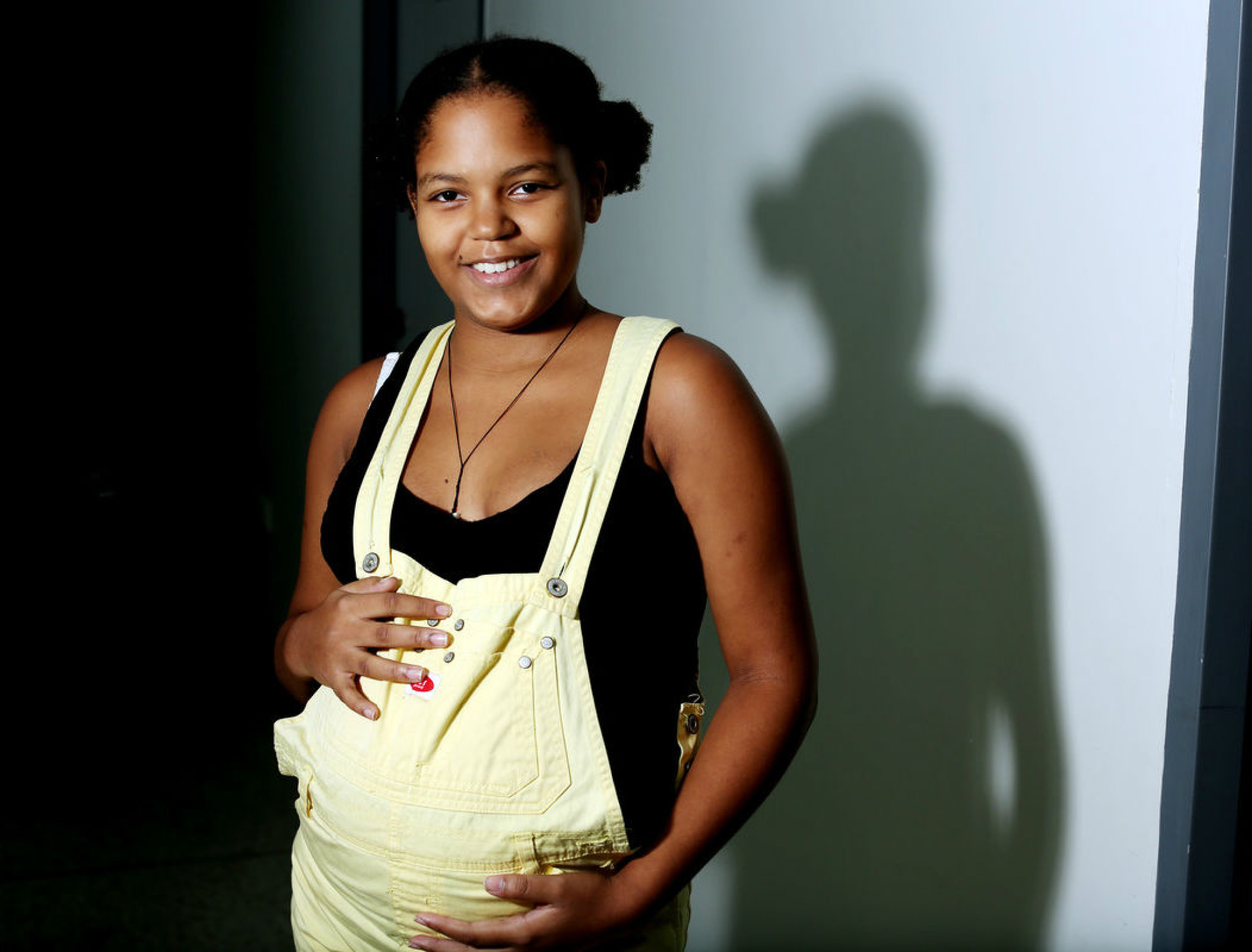

Closing the Gaps
Despite the widespread recognition of the lifesaving nature of SRH services in emergencies, women, girls, and other marginalized groups living in humanitarian settings continue to face severe SRH-related risks.
The IAWG 2012–2014 Global Evaluation identified gaps in care stemming from attitudes related to SRH, weak data, inadequate funding, poor commodity management and security, and compromised health systems. Additional gaps included weak implementation of the MISP at the onset of emergencies, insufficient services for marginalized groups, and limited access to emergency contraception, long-acting and permanent methods, GBV prevention measures and clinical care for survivors, and safe abortion care.
[24] Barot, “In a State of Crisis.”
A more rigorous and comprehensive approach to SRH preparedness can help close these gaps by integrating SRH into emergency risk management and capacity strengthening efforts. This will require better collaboration and coordination between SRH and DRM stakeholders, with SRH actors becoming familiar and engaging with existing risk management efforts and systems.

Recent international frameworks emphasize the importance of preparedness to safeguard health—and health systems—as well as improve care during emergencies:
The Sendai Framework for Disaster Risk Reduction 2015-2030 calls upon stakeholders to invest in approaches that build capacity to prevent, mitigate the impact of, and prepare for emergencies.It recognizes the gendered impacts of disasters, particularly on the sexual and reproductive health of women and girls. The framework outlines four priority areas, with SRH included under Priority #3 as a critical health service and Priority #4 focusing on improving preparedness for a stronger response.
